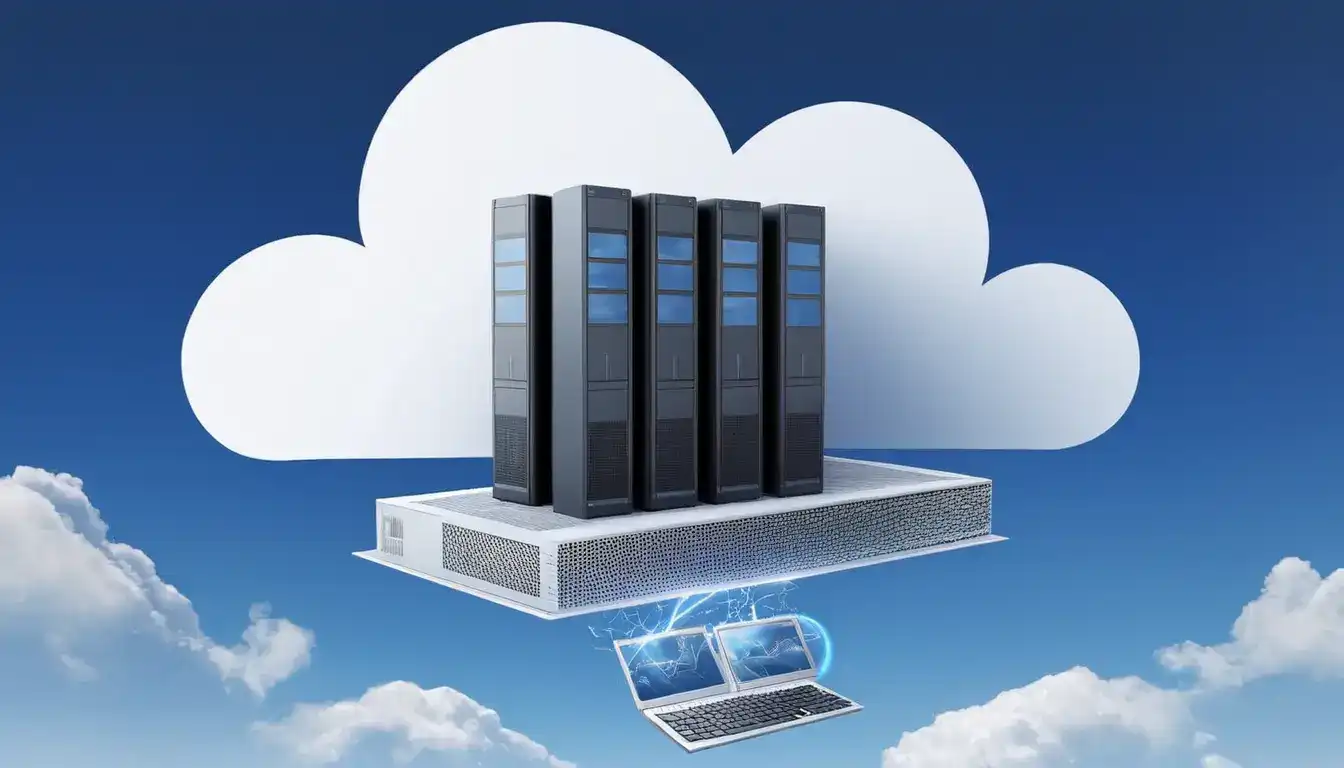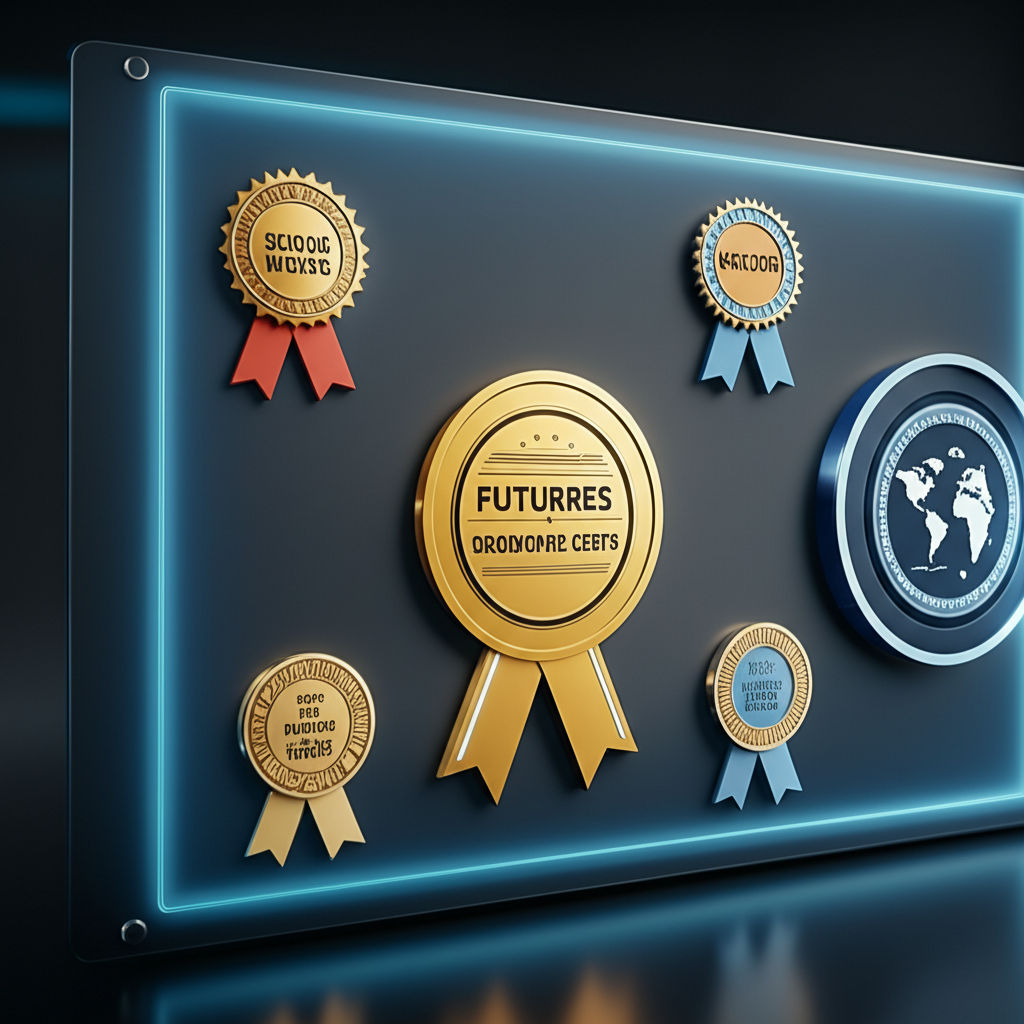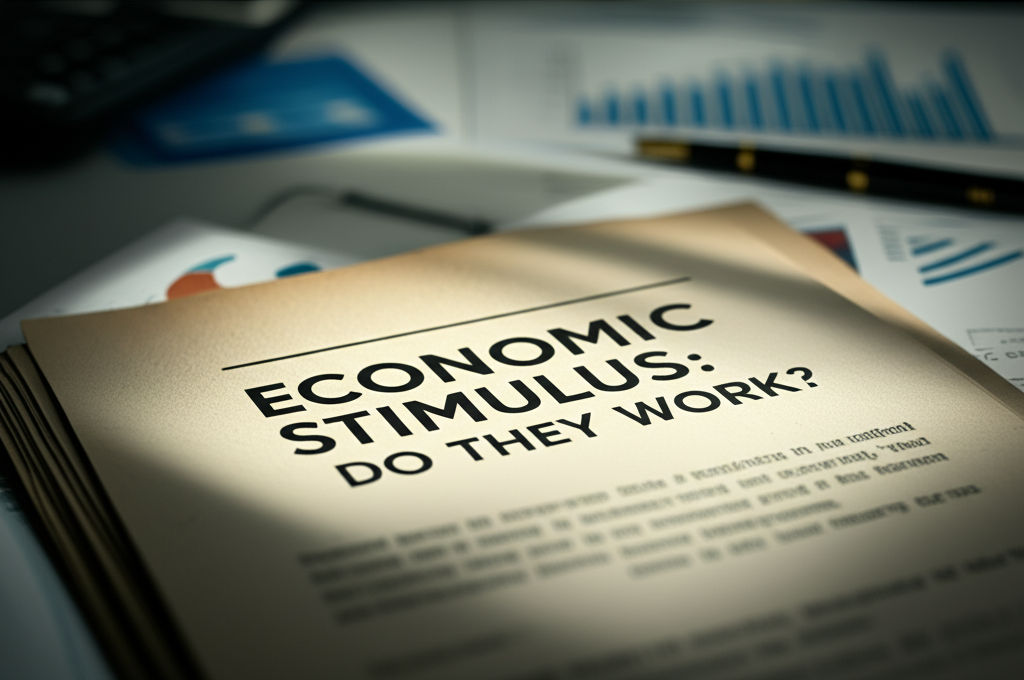Green Economy: Sustainable Solutions
Emily Willis

Photo: Green Economy: Sustainable Solutions
The Green Economy: Paving the Way for a Sustainable Future
The world stands at a critical juncture. Faced with pressing environmental challenges like climate change, resource depletion, and biodiversity loss, there's a growing recognition that our traditional economic models are no longer sustainable. But what if economic growth didn't have to come at the expense of our planet? This is precisely the vision of the Green Economy: a transformative approach that seeks to balance economic prosperity with environmental stewardship and social equity.
Far from being a niche concept, the green economy is gaining momentum as a viable pathway to a more resilient, prosperous, and sustainable future for all. It's about fundamentally rethinking how we produce, consume, and interact with our natural world.
What is the Green Economy? Redefining Progress
At its core, a green economy is defined as one that is low carbon, resource efficient, and socially inclusive. The United Nations Environment Programme (UNEP) elaborates on this, stating that a green economy aims for "improved human well-being and social equity, while significantly reducing environmental risks and ecological scarcities." This economic framework encourages development while actively minimizing environmental degradation.
Unlike traditional economic models that often prioritize short-term growth, the green economy emphasizes the sustainable use of resources and recognizes the finite nature of our planet's resources. It's a holistic view that integrates environmental, social, and economic objectives to achieve sustainable development through practices like renewable energy, sustainable agriculture, and innovative waste management.
Beyond GDP: A Holistic View
A green economy goes beyond simply measuring Gross Domestic Product (GDP) as a sign of progress. It considers a broader range of "wealth," including human, social, physical, and natural capital, prioritizing investments in sustainable natural systems, infrastructure, knowledge, and education to foster genuine, shared prosperity. This means valuing clean air, fresh water, healthy ecosystems, and robust communities as much as financial gains.
Key Pillars of the Green Economy
The green economy is built upon several interconnected pillars that work in synergy to create a sustainable system. These include:
- Renewable Energy: A fundamental shift from fossil fuels to clean, renewable sources like solar, wind, hydroelectric, geothermal, and biomass energy is crucial. This transition is vital for reducing greenhouse gas emissions and decreasing reliance on finite resources.
- Resource Efficiency & Circular Economy: This pillar focuses on minimizing waste and maximizing the reuse and recycling of materials. The concept of a circular economy aims to keep resources in use for as long as possible, extracting the maximum value from them while in use, then recovering and regenerating products and materials at the end of each service life.
- Sustainable Agriculture: This involves practices that ensure food security while protecting natural resources, reducing environmental impact, and promoting biodiversity. Techniques like precision farming, which utilize AI and IoT for efficient resource usage, are revolutionizing food production.
- Green Buildings & Infrastructure: Designing, constructing, and operating buildings and infrastructure in an environmentally responsible and resource-efficient manner throughout their lifecycle is a key component. This includes using sustainable materials, enhancing energy efficiency, and integrating green spaces.
- Sustainable Transportation: This involves developing and adopting transportation systems that minimize environmental impact, such as electric vehicles, efficient public transit, and promoting walking and cycling.
Why a Green Economy Matters: Benefits for People and Planet
The transition to a green economy offers compelling and far-reaching benefits for both the environment and society.
Environmental Preservation and Climate Action
One of the most immediate and critical benefits is the mitigation of climate change and the preservation of ecosystems. By reducing reliance on fossil fuels, embracing renewable energy, and minimizing pollution, a green economy helps to reduce carbon emissions and safeguard biodiversity. This means cleaner air and water, healthier environments, and a more stable climate for present and future generations.
Economic Growth and Job Creation (Green Jobs)
Contrary to the misconception that sustainability stifles economic growth, the green economy is a significant driver of innovation, job creation, and long-term prosperity. Investments in sectors like renewable energy, sustainable agriculture, and eco-friendly technology lead to new employment opportunities. These "green jobs" contribute to reducing energy, raw materials, and water consumption, minimizing waste and pollution, and protecting and restoring ecosystems. Studies indicate that sustainable companies often grow faster and have lower operational costs, leading to increased profitability. The green economy has even outperformed the broader market in terms of revenue and valuation over the past decade, second only to the technology sector.
Enhanced Resource Security and Resilience
By focusing on resource efficiency and circularity, the green economy reduces our dependence on finite raw materials and volatile global supply chains. This fosters greater resource security and builds resilience against economic shocks and environmental disruptions.
Improved Public Health and Well-being
A green economy directly contributes to improved public health by decreasing pollution in air, water, and soil. Reduced exposure to pollutants can lead to fewer respiratory diseases and other health implications, ultimately enhancing the overall quality of life for communities. Moreover, the emphasis on green spaces and sustainable urban planning can foster healthier, more livable environments.
Driving the Transition: Key Sustainable Solutions
Achieving a widespread green economy requires a concerted effort from governments, businesses, and individuals.
Policy and Governance: Creating the Framework
Governments play a pivotal role in creating an enabling environment for the green economy through:
- Government Incentives: Policies like subsidies for renewable energy, tax breaks for eco-friendly businesses, and funding for sustainable innovation can accelerate the transition.
- Regulations and Standards: Establishing clear environmental regulations, resource efficiency standards, and green building codes drives sustainable practices across industries.
- International Cooperation: Global challenges like climate change necessitate international collaboration, knowledge-sharing, and consistent policies to ensure a just and effective green transition worldwide.
Technological Innovation: Powering the Future
Technological advancements are essential for the green economy. Leading green technology innovations include:
- Clean Energy Technologies: Advances in solar panels, wind turbines, and energy storage solutions are making renewable energy more efficient and affordable.
- Waste-to-Resource Technologies: Innovations like waste-to-energy recycling facilities convert non-hazardous waste into steam energy and electricity, diverting it from landfills.
- Smart Grids and Digital Solutions: Technologies such as Artificial Intelligence (AI), the Internet of Things (IoT), and blockchain are optimizing energy distribution, enhancing supply chain transparency, and improving waste management, leading to significant reductions in emissions and resource usage. For instance, AI-driven systems can optimize recycling routes, increasing recycling rates.
Business and Industry: Leading the Change
Businesses are increasingly recognizing that sustainability is not just an ethical choice but a strategic opportunity for growth and competitive advantage.
- Embracing Circularity: Companies like Patagonia, IKEA, Adidas, and Nike are adopting circular economy principles by designing durable products, offering repair services, using recycled materials, and implementing take-back programs to minimize waste and maximize resource value.
- Sustainable Supply Chains: Businesses are focusing on ethical sourcing, reducing waste, and improving transparency throughout their supply chains.
- Corporate Social Responsibility (CSR): Integrating environmental and social responsibility into core business strategies enhances brand image, attracts environmentally conscious customers, and improves operational efficiency.
Individual Action: Your Role in Sustainable Living
Every individual has a part to play in fostering a green economy:
- Reducing Consumption and Waste: Simple habits like phasing out single-use plastics, composting organic waste, and making conscious purchasing decisions can significantly reduce your environmental footprint.
- Supporting Green Businesses: Choosing products and services from companies committed to sustainable practices sends a clear market signal and encourages more businesses to adopt eco-friendly models.
- Advocacy and Education: Engaging in community initiatives, advocating for green policies, and educating others about sustainable living can create a ripple effect for positive change.
- Energy-Efficient Lifestyles: Adopting energy-efficient appliances, reducing household energy use, and opting for public transport, walking, or cycling can lower carbon emissions and save costs.
Overcoming Challenges: Pathways to a Greener Future
While the benefits of a green economy are clear, the transition is not without its challenges. These include overcoming entrenched habits and systems that prioritize short-term profits, significant upfront costs for new technologies and infrastructure, and the need for greater global cooperation. Financial constraints and skill gaps also pose barriers, particularly for developing nations and small and medium-sized enterprises (SMEs). Furthermore, political resistance from traditional industries and the potential for "greenwashing" require vigilant oversight and robust policy frameworks.
Addressing these barriers requires strong political will, innovative financial mechanisms like green bonds and sustainable investment funds, and comprehensive capacity-building programs. Collaboration between governments, businesses, and civil society is crucial to create inclusive strategies that balance economic growth with environmental sustainability.
The Road Ahead: A Collective Journey Towards a Sustainable Future
The green economy represents a fundamental shift in our global economic paradigm. It's a recognition that our planet's health and human well-being are intrinsically linked to our economic systems. While the journey towards a fully
Latest ✨
View Allvibrant cultures of Mexico, China, and India, highlighting their unique customs, traditions, and ways of life. It emphasizes the importance of immersing oneself in these cultures to connect with the soul of a place and create lasting memories.
Emily Willis
Master strategic talent acquisition. Go beyond recruitment to identify, attract, & secure top talent that drives innovation & future organizational success.
Emily Willis
Choosing the right cloud computing platform is essential for business success. Factors to consider include assessing business needs, evaluating cost and pricing models, analyzing performance and reliability, examining security and compliance, considering scalability and flexibility, evaluating support and customer service, assessing integration and compatibility, and reviewing user experience and ease of use.
Emily Willis
Future-proof your career with micro-credentials & digital badges. Gain targeted skills fast & stay relevant in a rapidly changing world.
Emily Willis
Business
View All
June 8, 2025
Quality Control: Ensure Business ExcellenceDiscover how quality control is the cornerstone of business excellence, ensuring consistent value, strong reputation, and a sustainable future.
Emily Willis

June 8, 2025
IoT Business Applications ExplainedDiscover how IoT transforms businesses, boosting efficiency, productivity, and data-driven decisions. Leverage connected technology for competitive growth.
Emily Willis

June 8, 2025
Improve Employee RetentionBoost business success! Learn actionable strategies to improve employee retention, reduce costs, and build a loyal, productive workforce.
Emily Willis
Economy
View AllNavigating government debt: Explore its complexities, challenges, and actionable solutions for a healthy economy and a prosperous future.
Read MoreEconomic Stimulus: Do they work? Unpack government's toolkit, from fiscal to monetary policy, and understand their true impact on your economy.
Read MoreUnlock comfort & convenience with BA premium perks! Explore Executive Club benefits, premium cabins, and more for an extraordinary travel experience.
Read MoreEntertainment
View All
July 5, 2025
PR Coordinator Entry Level EntertainmentLights, Camera, PR! Your guide to becoming an entry-level PR Coordinator in entertainment. Discover essential skills & a roadmap to your dream career.
Emily Willis

August 4, 2024
Virtual Music Concerts: The Future of Live Performance?The music industry has seen significant changes in recent years, with virtual music concerts becoming a popular trend, especially due to the impact of the COVID-19 pandemic. Technological advancements have made virtual concerts more accessible and cost-effective, while also reducing the environmental impact of live events. However, challenges such as technical issues and the lack of physical presence remain. The future of virtual concerts may involve hybrid models that combine virtual and physical experiences, as well as continued technological innovation to enhance the quality of virtual performances. Building a sense of community and engagement will also be crucial for the success of virtual concerts moving forward.
Emily Willis

August 4, 2024
The Evolution of Streaming Services Such as Netflix, Disney+, Hulu, and the Implications for the Traditional Entertainment IndustryThe rise of streaming services has revolutionized the entertainment industry, offering on-demand access to a vast library of content through internet-connected devices. Platforms like Netflix, Disney+, and Hulu have diversified their content libraries, reshaped consumer behavior, and challenged traditional distribution models. Technological advancements have enhanced streaming experiences, while economic and cultural implications have led to global market expansion and increased investment in original content production. The future of the streaming industry will be shaped by competition, convergence of media and technology, and the need for adaptation to changing consumer preferences. Embracing digital transformation and strategic partnerships will be crucial for stakeholders in navigating the evolving landscape of modern entertainment.
Emily Willis
Health
View AllThe healthcare landscape is being transformed by technological advancements, with telehealth and remote care providing convenient access to healthcare services. Artificial intelligence is revolutionizing diagnostics, personalized medicine, and drug discovery. Wearable technology is empowering patients to take control of their health.
Emily Willis
maintaining good health and well-being through nutritional choices. A balanced diet, incorporating whole foods, staying hydrated, consuming nutrient-dense foods, managing portion sizes, practicing mindful eating, eating regular meals and snacks, considering supplements, and adopting sustainable eating practices are all highlighted as effective strategies for enhancing overall.
Emily Willis
Preventive healthcare focuses on strategies to prevent disease and maintain well-being, rather than just treating illnesses after they arise. It helps identify risk factors early on, allowing for interventions that can prevent or delay the onset of chronic diseases.
Emily Willis
Trending 🔥
View All
1
2
3
4
5
8
9
10
Sports
View AllAugust 5, 2024
Celebrating Sports Legends: Honoring Iconic Figures and Their Enduring Impact
Read MoreTechnology
View All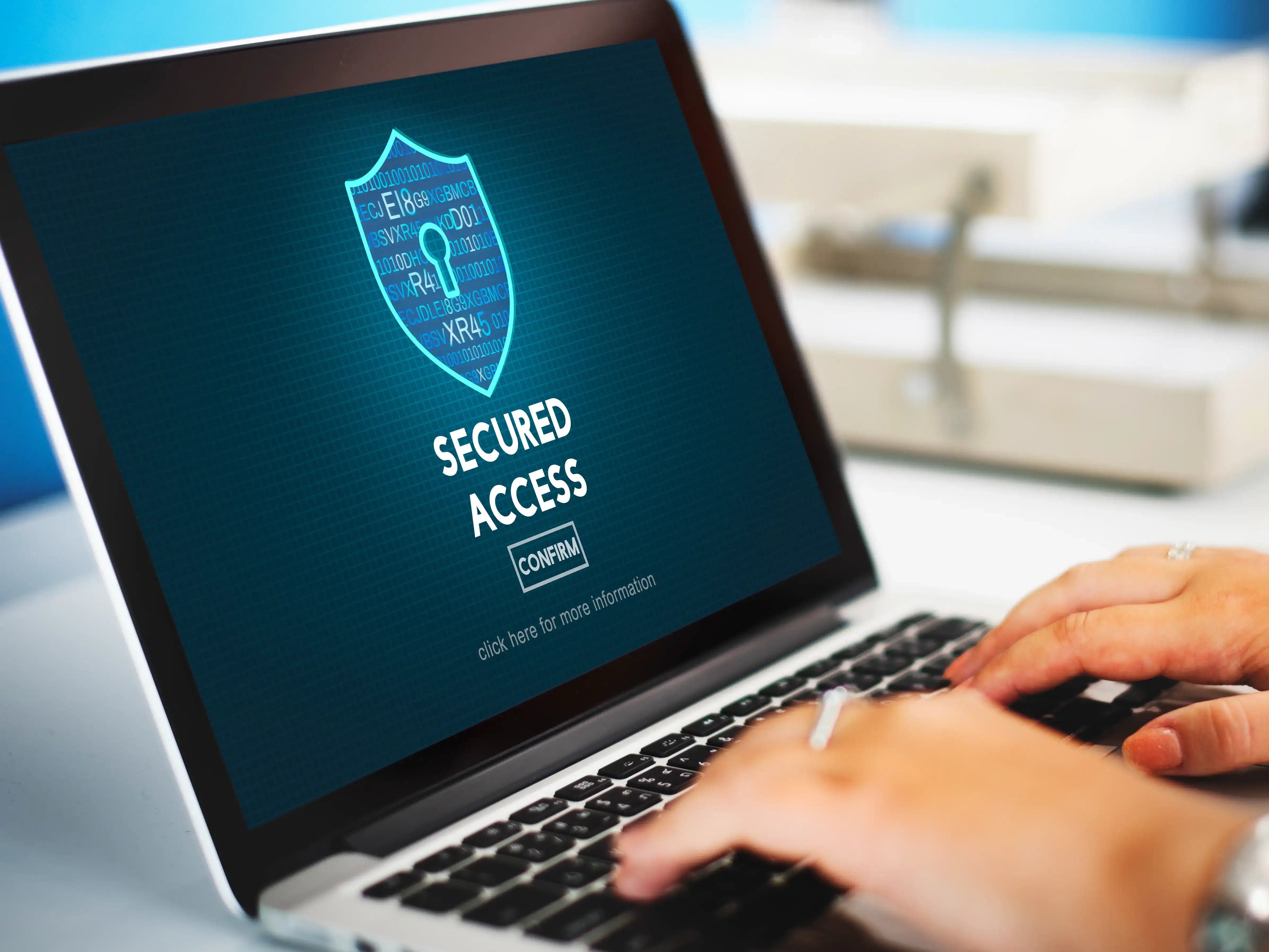
August 5, 2024
Tips for Keeping Your Personal Data Safe on the Internet
The digital age has made personal data more vulnerable to threats such as phishing, hacking, identity theft, and data breaches. To protect yourself, it is important to create strong passwords, be cautious of phishing attacks, secure your devices, safeguard your personal information online, practice safe online shopping and banking, protect your social media accounts, and stay informed about cybersecurity threats.
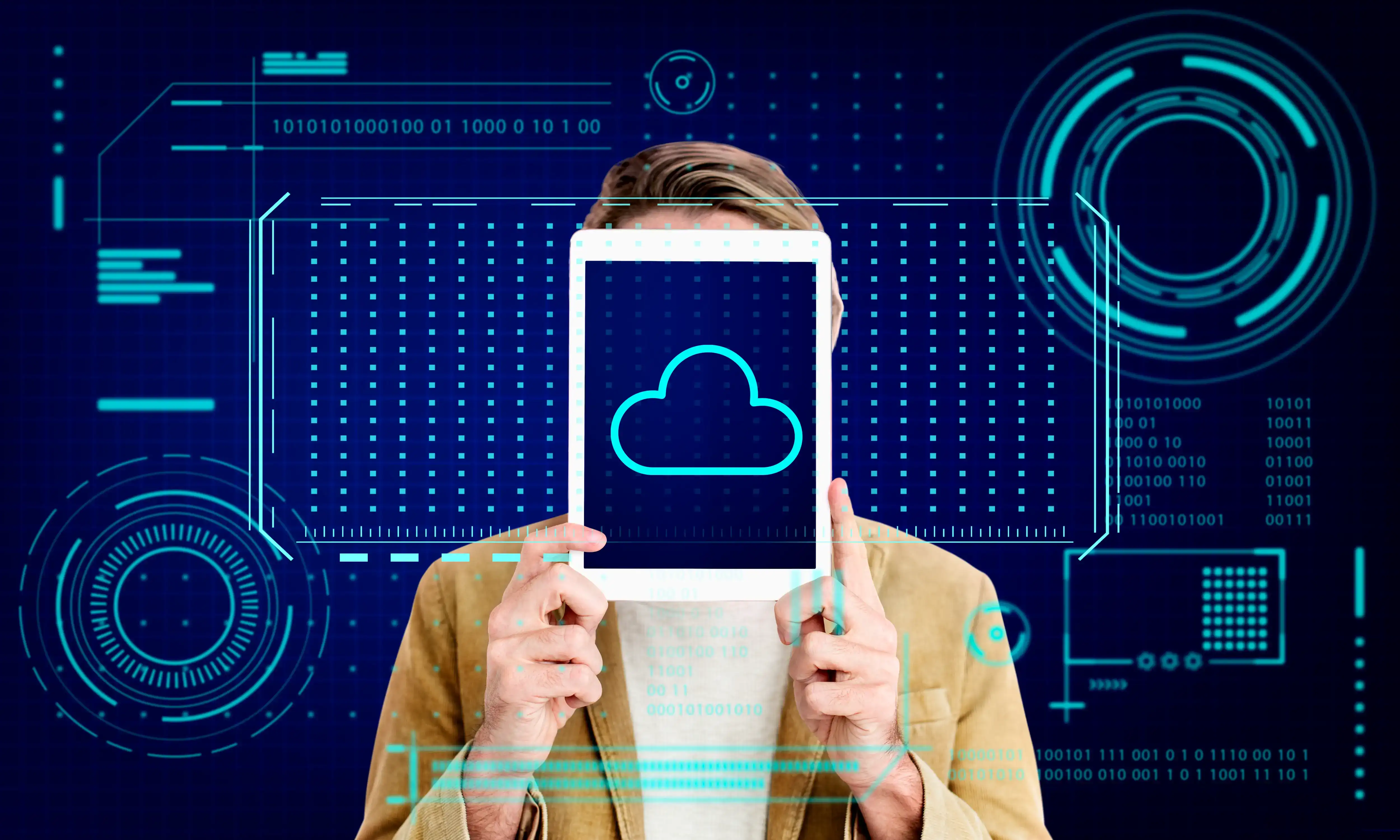
August 5, 2024
Tips for Implementing Cloud Computing Safely and Efficiently
Cloud computing is essential for modern businesses, offering cost savings, scalability, and improved collaboration. Implementing cloud computing requires careful planning to ensure safety and efficiency. Tips for safe and efficient implementation include conducting a needs assessment, choosing the right cloud service model, prioritizing security, planning for data migration, optimizing costs, training your team, implementing backup and recovery solutions, monitoring performance, planning for scalability, and staying updated with industry trends.

August 5, 2024
The Future of Cybersecurity and Upcoming Challenges
cybersecurity in the digital age, highlighting key trends and challenges that will shape the future of cybersecurity. It addresses issues such as the increased use of AI and ML, the growth of IoT devices, ransomware attacks, cloud security, and supply chain attacks. It also outlines upcoming challenges in cybersecurity, including talent shortage, regulatory compliance, cybersecurity for remote work, quantum computing, and social engineering attacks.

August 5, 2024
How to Choose the Right Cyber Security Solution for Your Business
In today's digital age, businesses face numerous cybersecurity threats and need to protect sensitive data. To choose the right cybersecurity solution, businesses should understand their specific needs, assess potential threats, evaluate different solutions, consider ease of use and integration, evaluate the provider's reputation and support, conduct a cost-benefit analysis, and implement and monitor the solution effectively.


